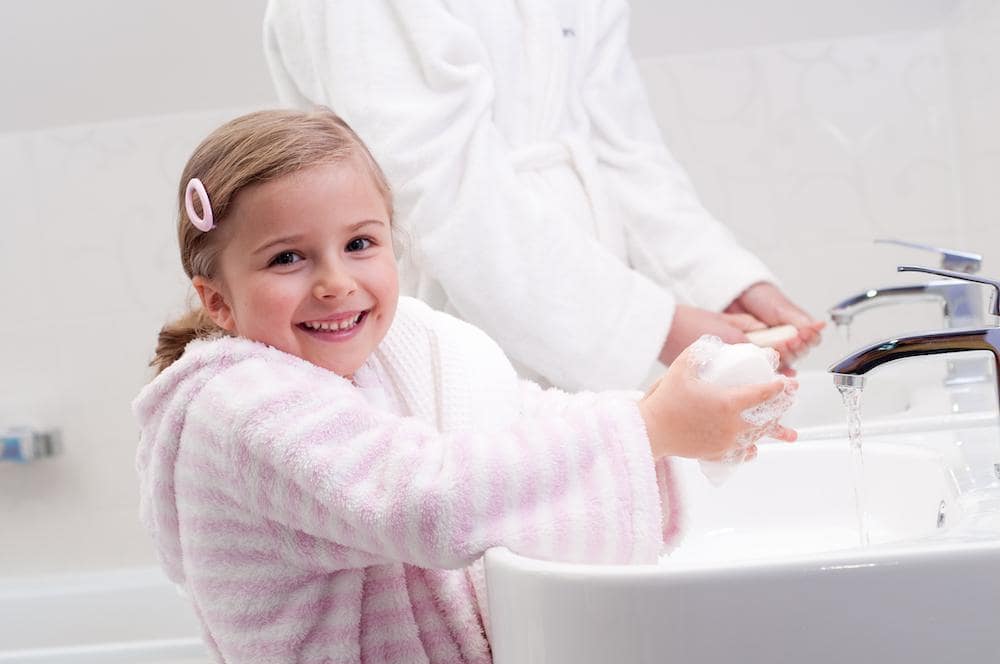Protecting your baby from illness is one of your biggest jobs as a parent. However, babies are notorious for their baby hygiene and don’t quite know how to protect themselves or keep themselves healthy. As a result, illnesses can quickly spread from child to child.
Hand Foot and Mouth Disease (HFMD) is a very common contagious virus that most often affects young children. As contagious as the virus is, the symptoms are usually very mild. If you think your child might have HFMD, don’t panic: Asrar Sheik, MD, and Teofilo Vinluan, MD of Family Urgent Care in Chicago, Illinois have years of experience in advising parents on this condition and the necessary care.
Here are some common myths about HFMD that people often believe, along with the facts you need to know.
Myth: Only babies can get HFMD
Children under 5 are the largest affected group when it comes to HFMD. However, it’s possible for children up to age 10 to suffer from the condition.
HFMD can also happen more than once for one child. HFMD is so contagious that adults, too, can contract it. Adults, however, are prone to being asymptomatic, so it’s important to wash your hands when working with young children.
As with any condition, immunocompromised individuals can be at increased risk of developing HFMD.
Fact: HFMD spreads most quickly in nurseries
Coxsackievirus A16 is very contagious, and any contact with an infected person can yield a new infection. HFMD is far more likely to occur in children who attend daycare or spend their days in a nursery with other children. The symptoms of HFMD might occur in their entirety, or your child may just have a few of the telltale symptoms:
- Fever
- Loss of appetite
- Blisters on the mouth, tongue, and inside of the cheek
- Irritability
- Sore throat
- Rash
A child displaying any of these symptoms should be isolated immediately, and anyone playing with or supervising the child should thoroughly and immediately wash their hands.
Myth: If it’s a disease, there’s a treatment
There is no specific treatment for HFMD. Unless symptoms become severe, or your child is unable to swallow fluids, this uncomfortable illness simply must run its course. Over-the-counter children’s medication can be used to treat some of the symptoms, but the best bet to beat HFMD is consistent hand-washing and extra sanitation.
Fact: You can reduce your child’s chances of getting HFMD
While there’s no way to guarantee that your child will never have to deal with HFMD, there are a number of things that you can do to reduce the risk of infection:
- Teach your child to wash their hands and to keep their hands away from their faces. Also, teach them not to put things in their mouths.
- Wash your hands, and if possible, make sure that your child washes their hands frequently and thoroughly.
- Clean and disinfect common areas with antibacterial and antiviral cleaners.
A little extra effort to keep things clean can go a long way toward minimizing the risk of your child having an infection.
Myth: HFMD symptoms only appear on hands, feet, and mouth
While it is true that HFMD typically causes the signature blisters on the hands, feet, and mouth of an infected person, other parts of the body are normally affected, too. It’s normal for both young children and adults to develop a rash or spots of blisters on the buttocks as a result of the condition, and it’s important to keep the blisters clean and untouched.
We understand the difficulty of watching your child struggle through an illness. Our caring professionals are available to help you nurse your child (or yourself) back to health. Call one of our offices in either Schererville, Indiana, or Chicago, Illinois, or book online with us today.

